#it's not for endos
Text
News Flash ⚡
The epistemological significance of possession entering the DSM
An absolutely incredible deep dive into the history of possession and DID-- covering patients, topics, philosophers, and clinicians from the 1600s to 2015.
It also explains how and why the cultural exclusion came to be added to the DSM 5, and what it means.
Important quotes below the cuts
The criteria would distinguish sharply between culturally sanctioned alterations of consciousness, which are a form of religious transcendence and/or a therapeutic technique, and peripheral pathological alterations of consciousness, which cause maladjustment and distress because they occur outside of ritual containment and are spontaneous, beyond the conscious control of the person. The criteria would also differentiate between the chronic course of Multiple Personality Disorder/Dissociative Identity Disorder, associated with reports of early physical and sexual abuse, and the typically acute course of pathological possession. The criteria would differentiate as well between the delusions of possession experienced by psychotic patients and the delusions of possession disorder; accordingly, Schizophrenia, Mood Disorder with Psychotic Features, and Brief Psychotic Disorder were listed as differential diagnoses, although no help was offered for making such differentiation.
Criterion B set up an impossible task for the diagnostician: how to differentiate between possession trance authorized as a normal part of a collective cultural or religious practice and spontaneous pathological possession trance, which, the criteria suggested, occurs outside normal cultural practice. Antze opposed the wording of Criterion B because, ‘[t]o the extent that any form of trance is recognized as such by members of a culture and therefore given meaning, it is culturally “authorized”, even if only as a form of illness’.
Janice Boddy (1992) pointed out that, while introducing possession as a disorder into the DSM-IV appeared to validate people’s distressful experiences by inclusion, it misleadingly suggested that culturally normative possession states are not distressing. Boddy insisted that distress is a regular component of most reported experiences of possession in ethnographic literature. More importantly, she argued that designating possession as a disorder reinforced (if unwittingly) the tendency of those in power to ignore the social and political contexts that precipitate the pheno-mena of possession. I understand this argument to mean that, for example, the suffering of a Sudanese woman possessed by a zar spirit carries potential meaning, not only for herself as an individual sufferer, but also for her marriage, her family and her community; the husband, the family and the patriarchal cultural collective need not engage with this suffering if they classify the behaviour as a psychogenic disorder. Anthropologists such as Boddy have demonstrated how so-called dysfunctional distressing possession is often a highly creative, politically informed response to intolerable collective situations. Boddy (1992) asked, ‘in whose interest would it be, then, to define possession cases as “disorders”?’
As Littlewood and Boddy emphasize, most so-called ‘normal’ experiences of possession manifest as conflictual, as demanding redress between the individual and the surrounding family or social milieu and, to the extent that these experiences partake of liminoid as well as liminal elements, they paradoxically affirm and subvert the norms of the culture or religion in which they are imbedded.
#A SASSY NEWS FLASH#syscourse#resources#did#osdd#did history#cultural exclusion#it's not for endos#did deep dive
25 notes
·
View notes
Text

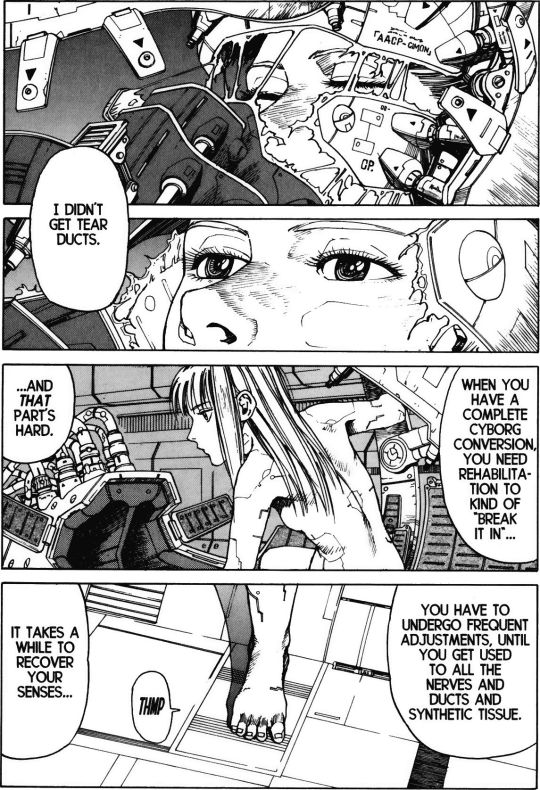


Source:
Eden: It's an Endless World!
エデン
by Hiroki Endo
#Eden Its an Endless World#Eden#Hiroki Endo#Manga and Stuff#Mangacap#Manga#Art#this feels like a metaphor for transitioning...
20K notes
·
View notes
Text

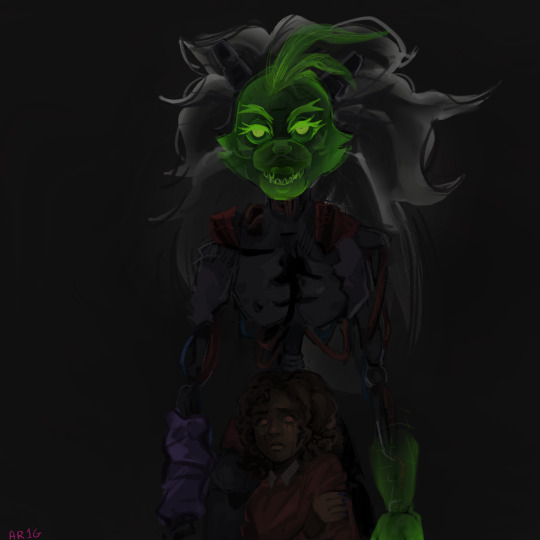
Who’s wiping the floor with who? Honestly I say Greg and Fred bc I’m biased but Roxanne held up against the mimic on her own so good for her ig
#fnaf#five nights at freddy's#five nights at freddy's security breach#fnaf sb ruin#security breach ruin#fnaf security breach#glamrock freddy#fnaf gregory#fnaf cassie#roxanne wolf#yes I rendered roxys ruined endo face just to cover it up bc I’m psychotic#rendered#art
4K notes
·
View notes
Text

Things are very busy right now in Lackadaisy Land, but here's a Little Ivy animation for something we have brewing!
Rough animation by Sam Kessler.
Happy Indie Animation Day!
------------------------------
See more exclusive animation previews and art on the Lackadaisy Patreon!
5K notes
·
View notes
Text


I'd be excited too if my nanny had the hots for my homeroom teacher
#more content of them is NEEDED#endo i need their BACKSTORY#hope they'll dance too tomorrow#martherson#their ship name.#i decided so#martha marriott#martha sxf#spy x family#spy x family fanart#sxf#sxf fanart#becky blackbell#sxf becky#henry henderson#henry sxf#martha x henry#henry x martha#my art#fanart#digital art#sxf spoilers#spy x family spoilers
3K notes
·
View notes
Text
EVERYONE EVERYONE look

THANK YOU THAT'S ALL :D
#bugs#isopods#plural#plural gang#did#did system#plurality#simply plural#endo friendly#system#anti endo#endo system#endo#actuallyplural#endos fuck off#endosfuckoff#endogenic#pro endogenic
2K notes
·
View notes
Text
As awareness of plurality continues to spread online, that also means more and more people will realize they are plural. And unfortunately, there will be a response from certain gatekeepy exclusionist types, who will push back against these newfound systems and insist on invalidating them. They’ll insist they’re just hopping on a trend, or just fooling themselves, or whatever other justification they can make up to maintain the idea that being plural is extremely rare and being plural means suffering for it.
Don’t fall for it. Being plural presents challenges and difficulties without question, but being plural also can bring joys and clarity that weren’t possible otherwise. Being plural can be hard, and it can be beautiful.
No two systems present and function exactly the same ways. No two systems are plural for the exact same reasons. So we can’t expect there to be an absolute common trait present in every system. So any attempt to weed out the “fakers” is pointless and malicious.
If someone believes themself to be plural, they have good reason to. No further “proof” needed. If someone comes to us believing themself to be plural, we will help them along without critique or question. And above all we will be happy for them. Even if someday they realize they aren’t plural, that process of being allowed to question and experiment is so important, and they should be allowed to do so regardless of where they end up.
Plurality is a spectrum that encompasses a vast swathe of experiences and outlooks. It can be difficult to reckon with, which is why community is so vital. And as that community online grows and becomes more and more visible, we should all do our part, systems and singlets, to make sure these newfound systems feel safe, seen, and welcome.
2K notes
·
View notes
Text
#Polls#Menstruation#Because the other poll has half of the respondents on painkillers#And gynaecologists have gone 'a little pain is normal' while my physical therapist went 'you shouldn't be in any pain'#And the endo number is supposedly 1 in 10#For science tumblr!
8K notes
·
View notes
Text

I make myself laugh rlly
#osddid#osdd 1b#osdd system#osdd#did system#did#actually dissociative#traumagenic system#endos dni#endos fuck off
2K notes
·
View notes
Photo
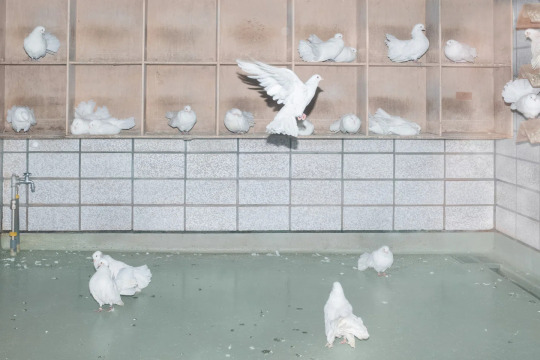


Ayaka Endo, Kamuy Mosir
20K notes
·
View notes
Text
News Flash ⚡
Paper discussing the cultural exclusion criteria
From distress to disease: a critique of the medicalisation of possession in DSM-5
A paper out of New Delhi, India, discusses the application of the cultural exclusion to instances of possession in Kerala, South India. To do this, it clearly explains the cultural exclusion, and it should be required reading for everyone.
Important quotes below the cut
Despite DSM-5’s recognition that not all possession states are pathological, the categorisation of possession-form DID is problematic as the DSM-5 reduces possession to a binary of culturally acceptable and pathological possession. This reductionist and unidimensional understanding of possession differs from the anthropologists’ observations of the ambivalent, porous and malleable nature of possession.
The DSM-5 has made some changes to the previous possession and trance disorder and categories possession under DID, emphasising that culturally appropriate possession states can be distinguished from possession-form DID (APA 2013, 295). ... Despite introducing the classification of culturally acceptable possession states, the problem of universalising and standardising possession states and experiences are far from resolved as possession states are now posited in a binary of pathological versus culturally acceptable states. This formulation still does not consider the cultural basis on which possession was constituted. ... In other words, the DSM-5 categorisation provides a singular, static and linear understanding of possession with cultural factors seen as only impacting the aforementioned understanding (forms, identities, places of manifestation. etc.). It does not however, provide scope for an alternative categorisation itself. To engage with these ideas further, it is essential to first understand classification of possession in the DSM-5.
The DSM-5 distinguishes between culturally accepted possession and possession-form DID stating, ‘Possession-form DID can be distinguished from culturally accepted possession states in that former is involuntary, distressing, uncontrollable and often recurrent or persistent, involves conflict between the individual and his or her surrounding family, social, or work milieu; and is manifested at times and in places that violate the norms of the culture or religion’ (APA 2013, 295). Through this distinction the DSM differentiates between possession as a disorder and possession as culturally acceptable, emphasising that the former is involuntary, distressing and uncontrollable. However, as the experiences of possessed individuals and their families at the Chottanikkara temple illustrate, such a distinction is problematic for a number of reasons, primarily because the various types of possession may appear similar at first. The ‘acceptable possession states’ (APA 2013, 295) thus are not initially distinct from the presumed pathological ones either in the time or place that they occur, or in the control over one’s manifestation.
This brings us to the second point of contention with the DSM categorisation, namely, the notion of cultural acceptance, wherein the DSM specifically terms possession in the non-DID form as culturally acceptable possession. ... The cultural acceptance of different kinds of possession is significant for it allows possessed individuals to heal within a temple space where there is an acceptance of possession.
Recognising the multiplicity of possession indicates that the distinctions made between voluntary and involuntary possession, distressing and non-distressing forms of possession are limiting in that the distinctions may not be present, at least in the initial phase of manifestation, and very often may not be clearly demarcated throughout the course of healing.
The final point of contention with the DSM categorisation of possession is the association of possession-form DID with ‘typical behaviours and actions’. In other words, it is possible that the individual does not manifest his/her possession and may exhibit no signs typically seen at the temple. Given the emphasis on the manifestation, would such a condition of non-manifestation/lack of typical behaviours be seen as possession-form DID or would it be seen as culturally acceptable? While the DSM does not engage with this question, it is significant in terms of healing from possession.
14 notes
·
View notes
Text


Source:
Eden: It's an Endless World!
エデン
by Hiroki Endo
5K notes
·
View notes
Text
You're still doing okay as a regressor if you... 🐥 🧡

💫 · are usually upset or in a negative situation when you regress
🧃 · don't know what age you regress to
🥞 · act mainly as a caregiver but still regress
💫 · have done things you regret when regressed
🧃 · cannot control your regression
🥞 · are mainly a regressor but are also a caregiver
💫 · feel like a burden for being disabled and needing extra or specific care
🧃 · are worried to tell people about your regression
🥞 · can't really tell the difference between when you regress and when you don't
🧃 · are afraid of getting or don't want a caregiver due to trauma
💫 · do things considered "big" or "adult" when regressed
🥞 · are an alter who can't tell if you're a regressor or a syskid / ageslider
🧃 · deal with intrusive and un-childlike thoughts

you are always deserving of comfort, safety, and a happy regression 𓂃⊹

#zack talks﹒💤#top star divider by @sunnysrph#agere#agere blog#safe agere#sfw agere#sfw regression#age regression#agere community#agere caregiver#ageregression#age regressive#sfw age regression#age dreaming#caregiver agere#sfw caregiver#age regression caregiver#agere positivity#age regression sfw#age regression blog#agere sfw#agere little#agere affirmations#sfw toddler regression#sfw agere caregiver#age regressor#endos dni#tulpas dni
3K notes
·
View notes
Text
realizing youre Real is .weird,,
like you can exist for Years??? never noticing??? never thinking about Yourself. assuming you are the host, or assuming you are another alter.
it is WEIRD to sit there with your morning coffee, having a conversation, and just suddenly the stars align . and you realize how different you are from "you" . you realize you werent "you", you were actually YOU the whole time.
I KNOW THIS DOESNT MAKE SENSE BUT I HOPE SOMEONE GETS IT
#traumagenic system#endos pls dni w this#actually DID#did osdd#did system#did alter#polyfragmented#polyfrag system#actually traumatized#osddid#actually plural#endos dni
3K notes
·
View notes
Text
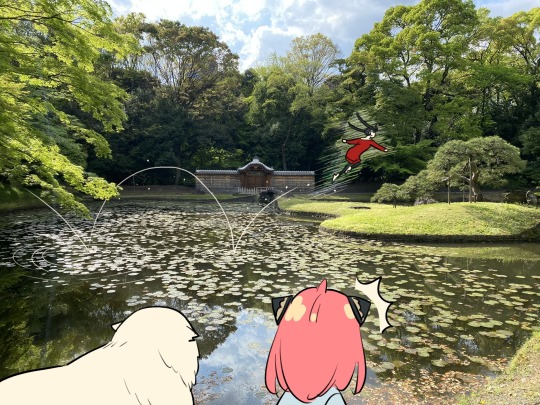


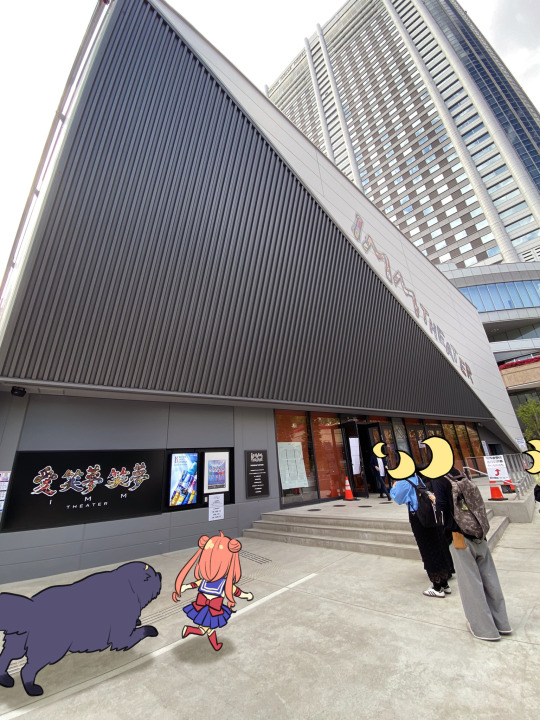
Endo-sensei’s day out! (Source)
1K notes
·
View notes
Text
”I want to know your headcount” “I want to know who’s fronting” so do I, get in line
#traumagenic did#traumagenic system#did alter#did system#actually did#did osdd#endos dni#anti endo#polyfrag system#polyfragmented
1K notes
·
View notes